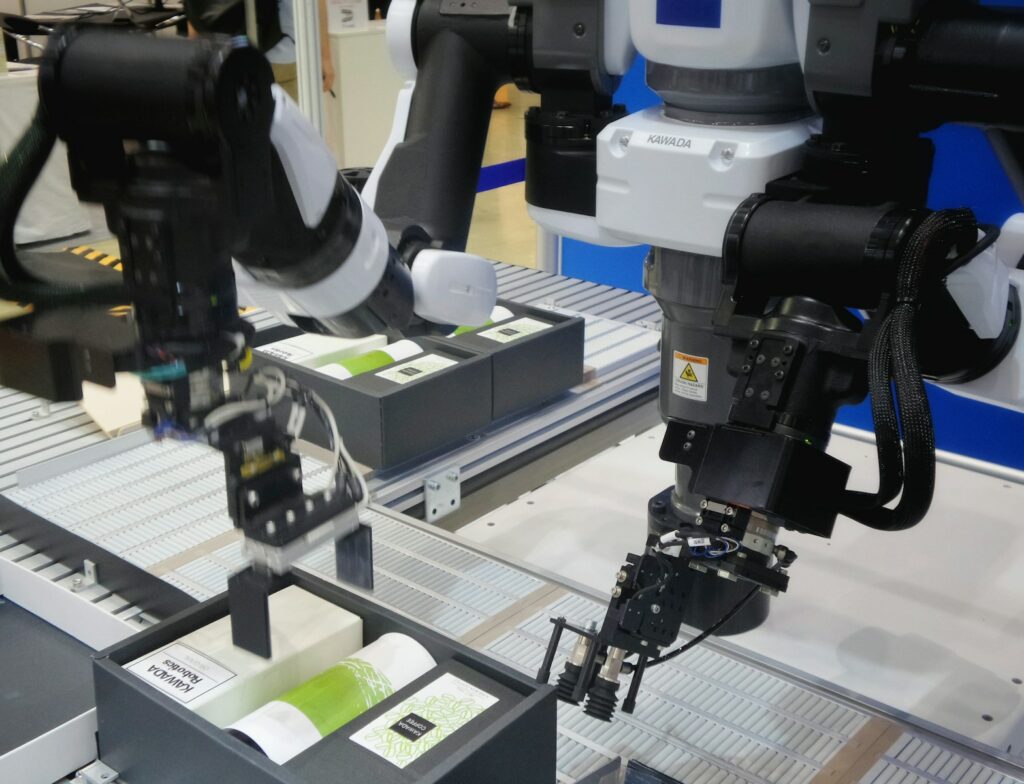Digital twins dramatically alter several sectors by increasing productivity, lowering expenses, and accelerating time-to-market. Examples from a particular industry demonstrating digital twins’ use and advantages make their impact clear.
By using Ansys Twin Builder to create digital twins of their battery packs, Kärcher reduced the number of cells in their packs by 20%, improving battery efficiency and producing significant financial and environmental savings. On the other hand, Electrolux modeled and simulated their refrigerator wall foaming process using Siemens’ Plant Simulation from the Tecnomatix suite. Thanks to this thorough investigation, they were able to optimize production, eliminate significant buffers, and save about $2 million by improving conveyor and warehouse management.
For OEMs like ACMA, Schneider Electric’s EcoStruxure Machine Expert Twin has proven helpful. For OEMs like ACMA and Unilogo, Schneider Electric’s EcoStruxure Machine Expert Twin has proven beneficial, enabling a 20% cost savings, a 60% reduction in commissioning time, and a 50% faster time-to-market. Productivity increased, and carbon footprint decreased at ACMA, while Unilogo reported considerable time-to-market improvements. Thanks to this technology, the SOMIC company reported doubled output efficiency and a 40% reduction in energy management.

Digital twins have greatly advanced the automobile and aerospace industries. Using digital twins, Airbus was able to save €201k, reduce CO2 emissions by 1,250 tonnes, and save 3.65 GWh of energy annually. Toyota achieved savings of €200,000 and 900 tonnes of CO2 emissions by using digital twins for their HVAC and control systems similarly.
Nissan Motor Manufacturing UK increased throughput thrice, saved £22,000 on pallet procurement, and saved £25,000 on capital expenditure by utilizing Twinn Witness Horizon, a predictive simulation program, to improve powertrain production. Ford Otosan and Royal HaskoningDHV worked together to use predictive digital twins to save 3% of costs, reduce cycle time by 15%, raise operator efficiency by 15%, and increase robot efficiency by 2%. BMW Group expected a 30% savings using NVIDIA Omniverse, which reduced change orders and capital investments while improving product launch stability. These savings were achieved through optimized facilities planning and efficient operations.
Thanks to digital twins, significant progress has been made in the energy and technology domains. Digital twins from General Electric reduced reactive maintenance by 40%, increased dependability to 99.49 percent, and saved $11 million.
With an average CO2 reduction of 50% across 15 breweries worldwide and 15-20% energy savings per site, Siemens’ digital energy twins are crucial to achieving sustainability targets.
The building and consumer goods sectors have also profited. By using Microsoft’s digital twin technology, Unilever reduced daily actionable alarms by 90%, leading to fewer interruptions and quicker actions. Mercedes-Benz reduced construction timeframes for assembly halls by half, improved process quality, and coordinated supplier relationships better using Omniverse.
Boeing’s digital twins for the T-7A aircraft development resulted in a reduction of 80% in assembly hours, a 50% drop in software development time, and a 75% increase in first-time quality in aerospace engineering. This allowed the aircraft to go from design to first flight in 36 months. Using digital twin asset creation, Boeing also achieved a 40% improvement in the first-time quality of systems and parts for both military and commercial aircraft.
If you found this article to be informative, you can explore more current Digital Twin news here exclusives, interviews, and podcasts.















